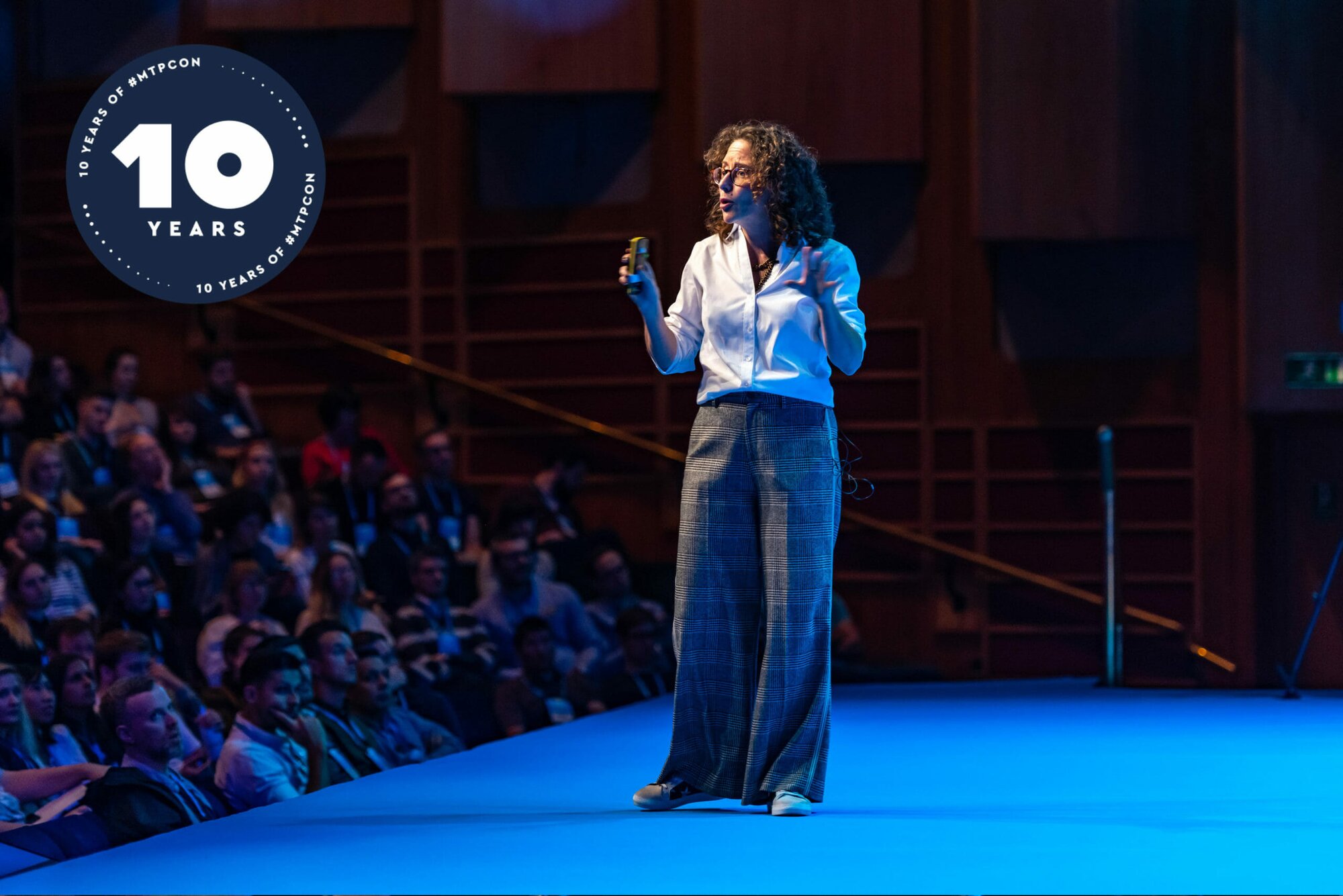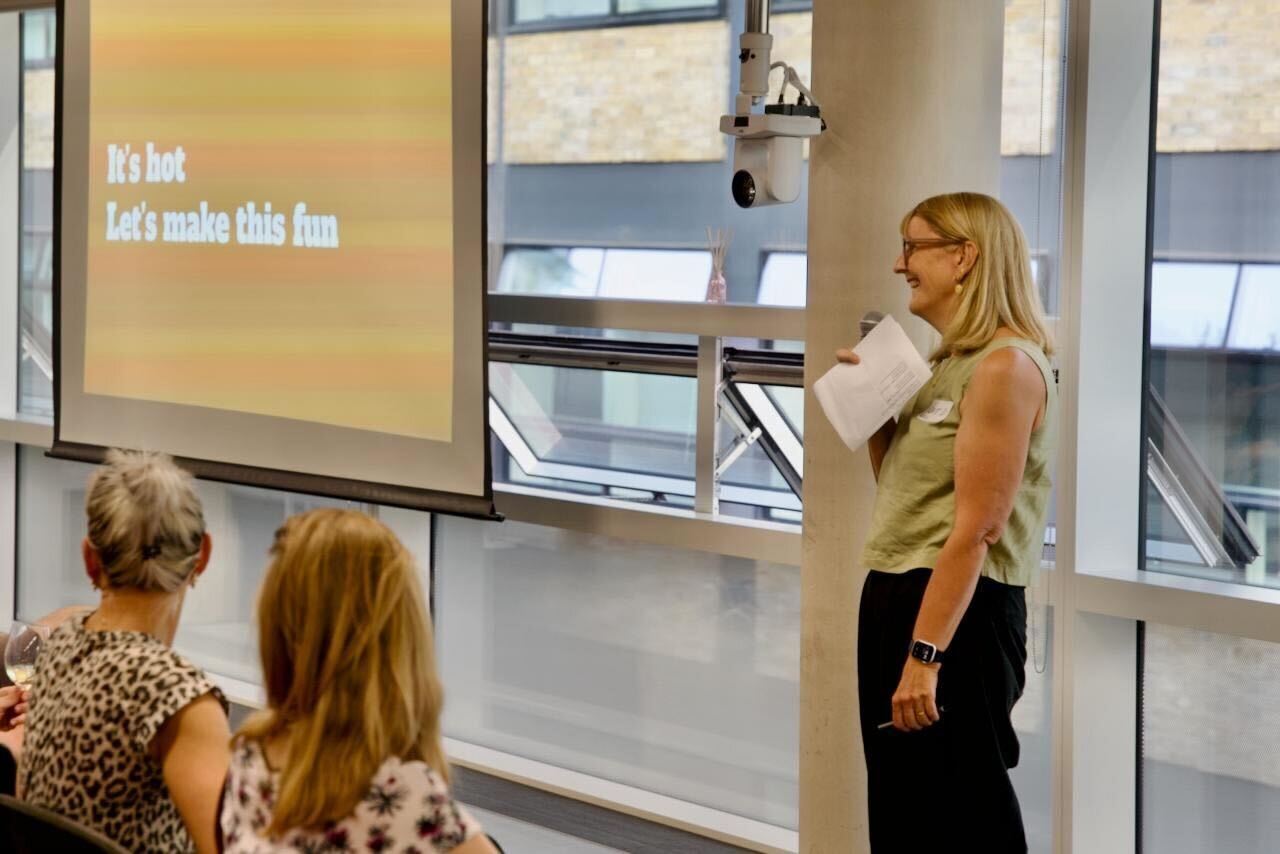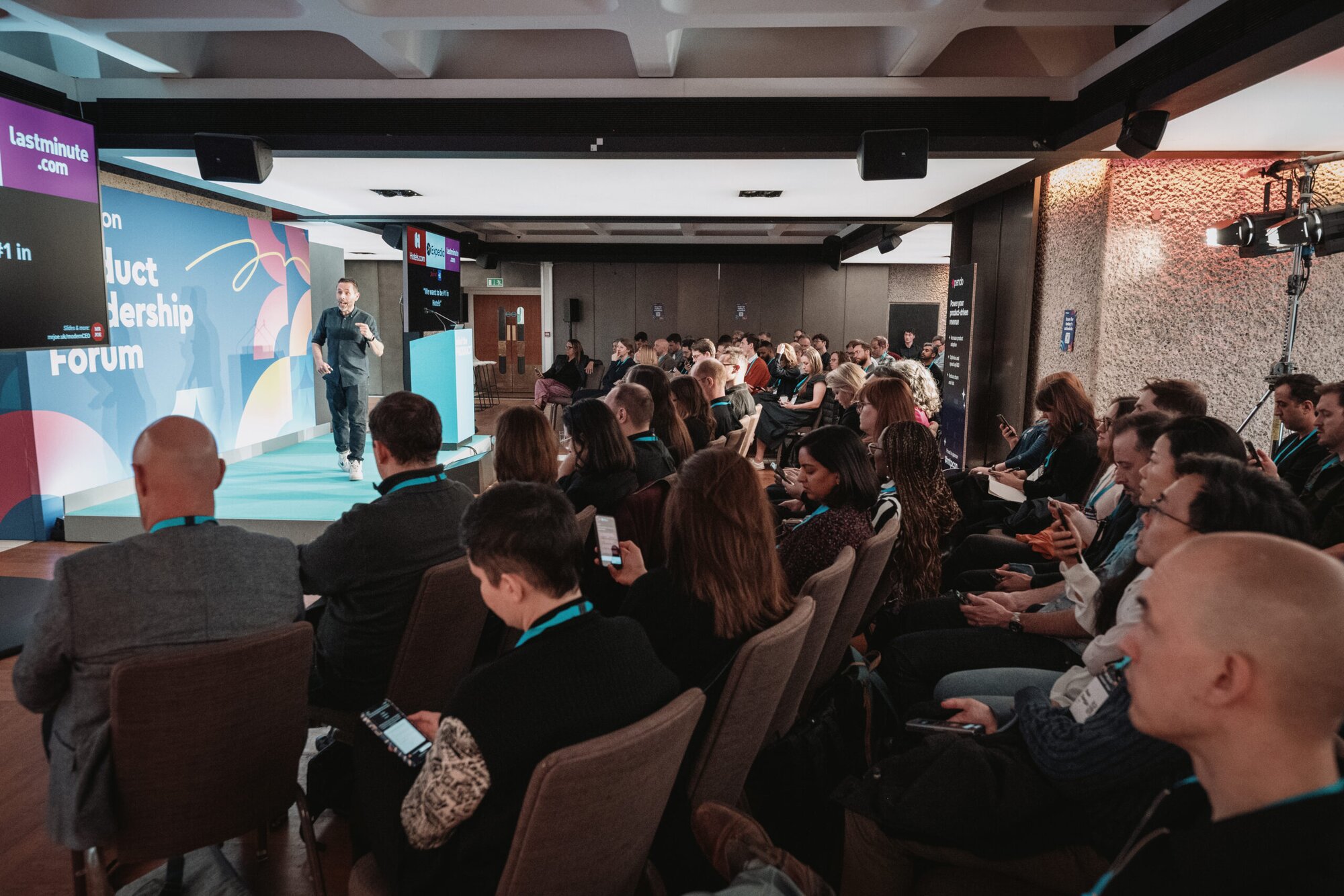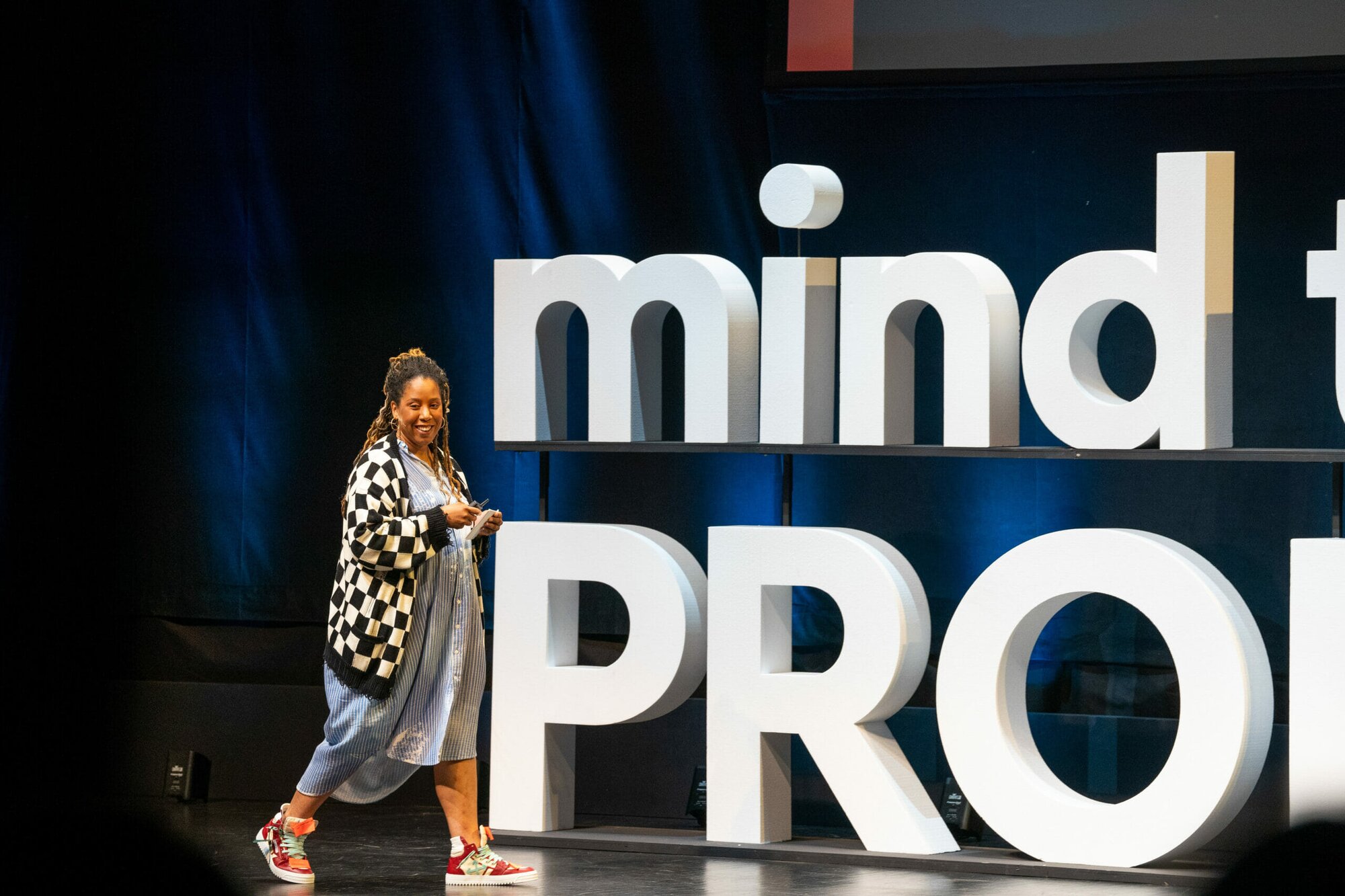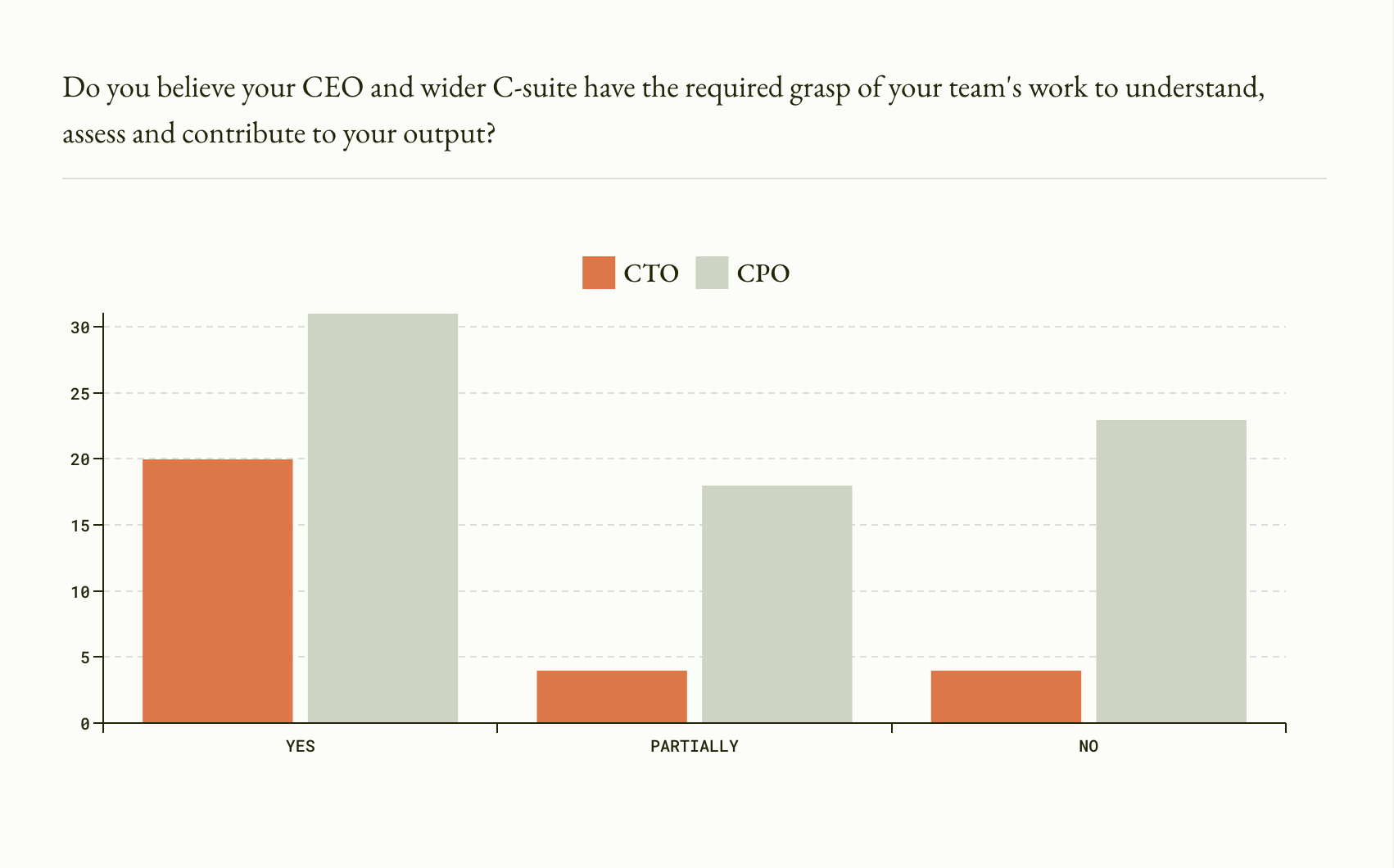We are only 13 days away from our flagship event, #mtpcon London! What’s more, it’s 10 years old this year, with the first-ever #mtpcon happening in October 2012.
Our London stage has played host to an exceptional group of product speakers over the past decade, so each week in the run-up to this year’s event, we’ll bring you the most memorable moments from #mtpcon London in years gone by.
Today, we look back to the not-so-distant past of pre-pandemic times at #mtpcon London 2019. In her memorable keynote session, Kate Leto examines the importance of emotional intelligence in individuals and teams and asks how it can be used to make better hiring decisions.
Emotional intelligence is key
Kate says many studies have shown that people and teams with higher levels of emotional intelligence perform better. For example, on average, an individual with a higher level of emotional intelligence earns approximately $30,000 a year more than those with lower levels of emotional intelligence. In addition, it’s well documented that teams with higher self-awareness (one of the 12 capabilities) better deal with conflict, make better decisions, and are higher performing.
She explains the importance of making space for conversations about emotional intelligence and how it drives our behaviours. Otherwise, she says, we’ll continue to talk about the frameworks and software we’re using, rather than how we work together as people.
How to hire well
Next, Kate talks about hiring and how bad hiring decisions can be costly. People leave a job because of a lack of fit, she says, not a lack of skills or education.
We often talk about product/market fit but rarely talk about person/organisation fit, Kate says. So how can we hire for Product EQ so that people can fit into our teams?
Build a role that matters with a role canvas
Most people start to write job descriptions by cutting and pasting from other ones. As a result, they follow a very similar pattern, describing must-haves (usually hard skills) and nice-to-haves (usually soft skills). These are rarely based on reality.
A better approach is to use a role canvas covering:
- Purpose – why does this role exist?
- Accountabilities – what outcomes is it responsible for?
- Activities – what are the tasks and responsibilities?
- Behaviours – the key capabilities of EQ
Broaden your interview techniques
Many people start interviews with questions that make them feel smart. A better way is to start using behavioural interview questions which explore common situations people have faced.
Don’t stop at the offer
Traditional processes start with the job description and finish with the job offer. Better companies see this process as never-ending and continue to learn from it.
Check out another amazing talk from #mtpcon London 2019: Minimise the Gap Between Maker and User by Henrik Kniberg.
#mtpcon London is back this October (13th & 14th) and celebrating its 10th anniversary! Join us for our tried and tested hybrid conference format, for two full days of product inspiration (plus a day of optional pre-conference workshops!). Find out more here.

